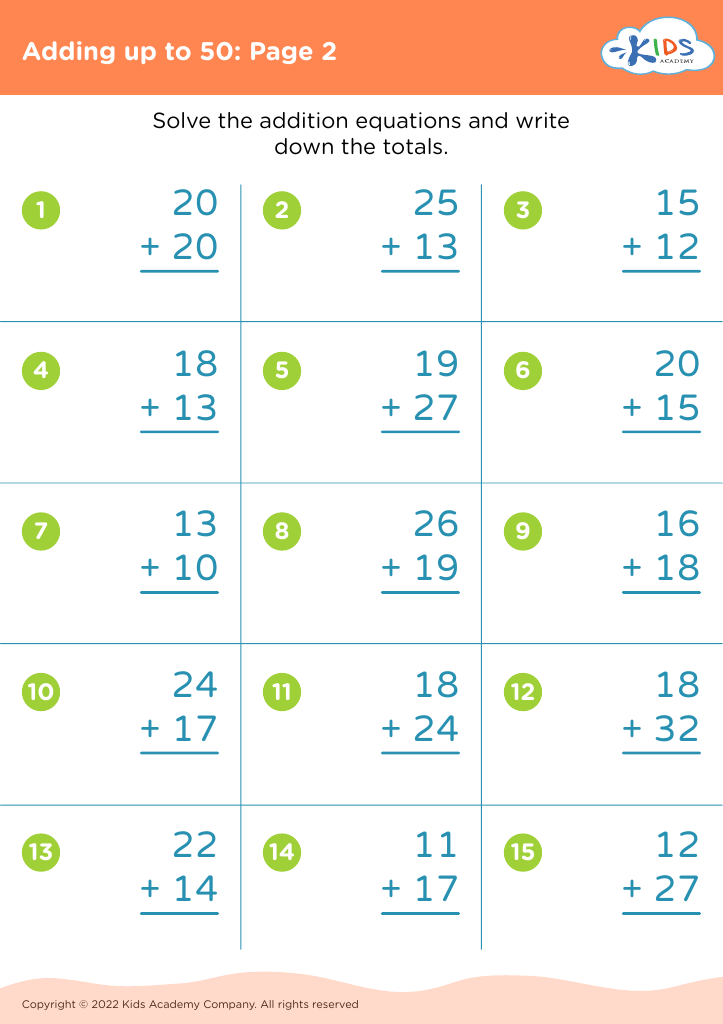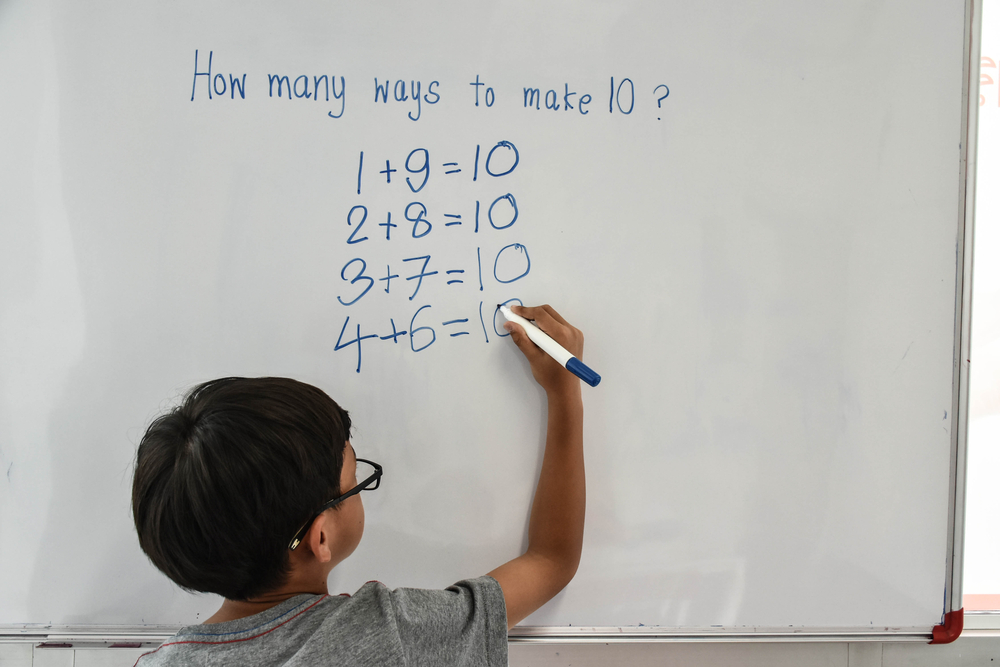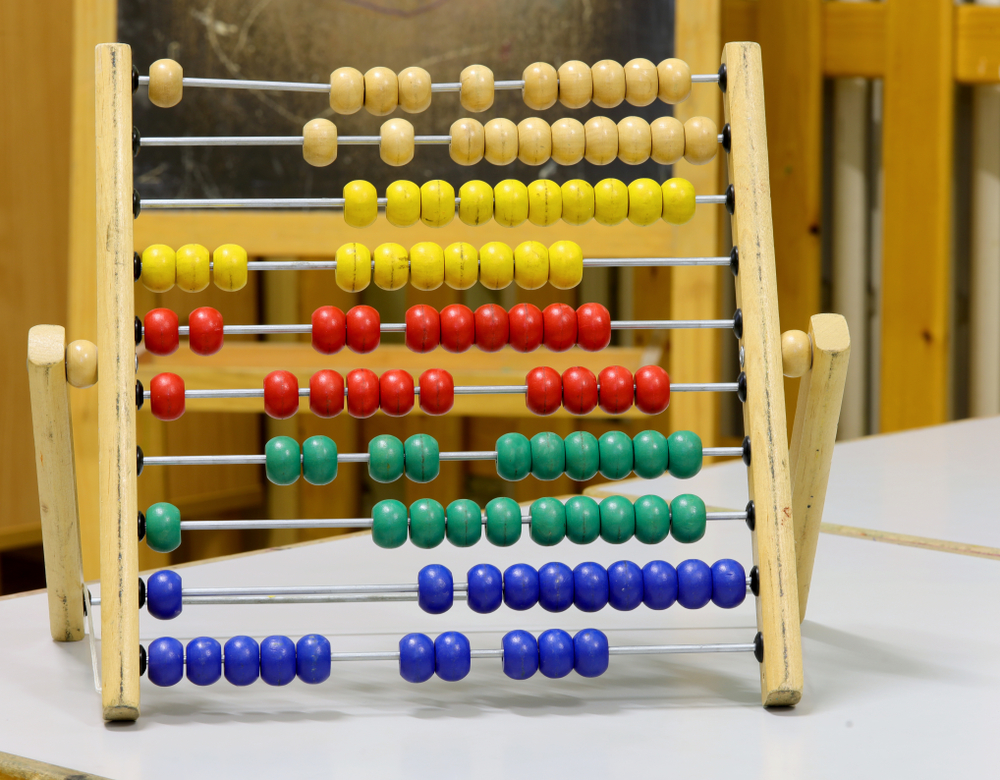Enhancing critical thinking Addition & Subtraction Worksheets for Ages 6-8
5 filtered results
-
From - To
Discover our specially designed Addition & Subtraction Worksheets for children ages 6-8, aimed at enhancing critical thinking skills. Our engaging activities encourage young learners to practice essential math operations while developing logical reasoning and problem-solving abilities. Tailored to capture their interest and paced appropriately, these worksheets incorporate a variety of challenges that promote analytical thinking. With colorful illustrations and fun scenarios, kids are motivated to tackle math problems confidently. Perfect for classroom use or home practice, our worksheets provide the foundation for strong mathematical skills and a lifetime of critical thinking. Get started today and watch your child’s skills soar!
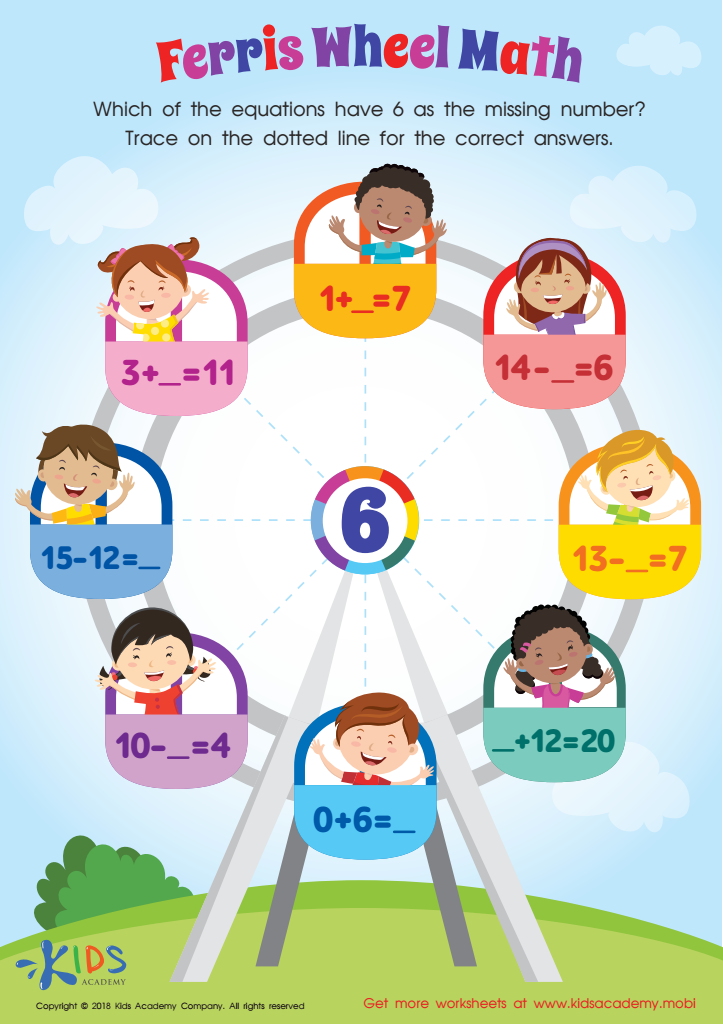

Missing Number: Ferris Wheel Math Worksheet
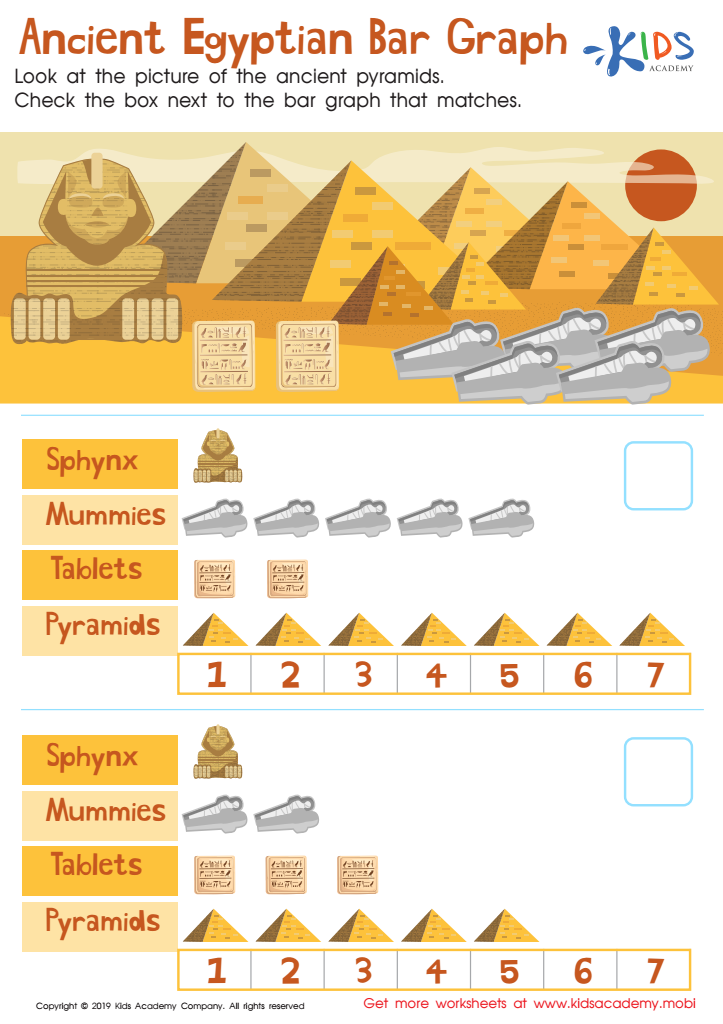

Egyptian Bar Graph Worksheet
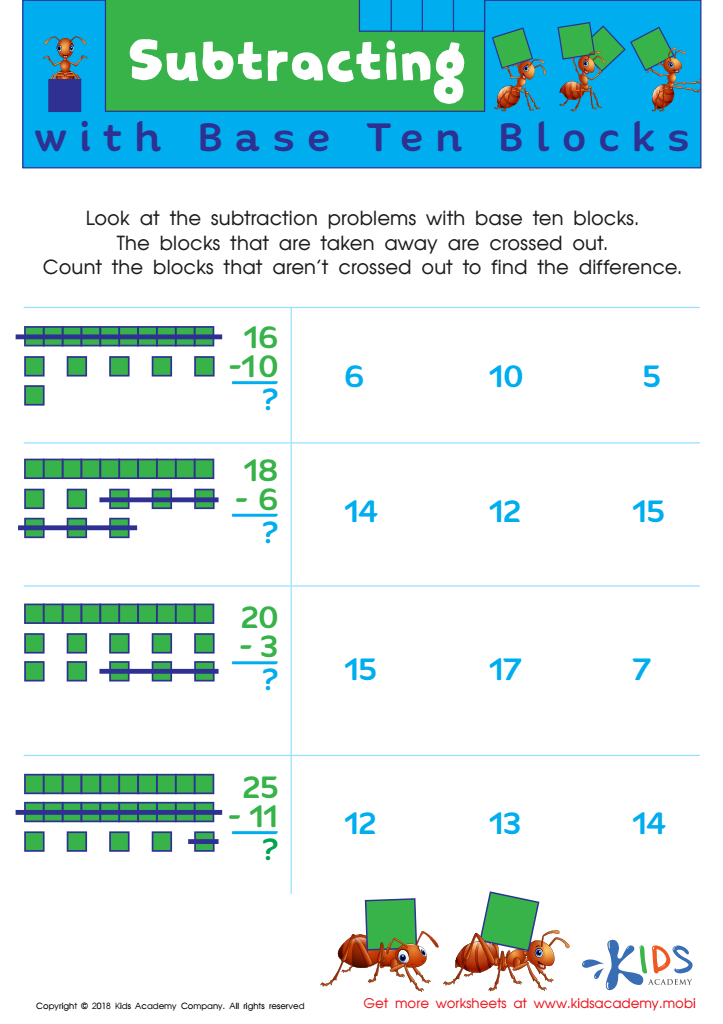

Subtracting with Base Blocks Worksheet
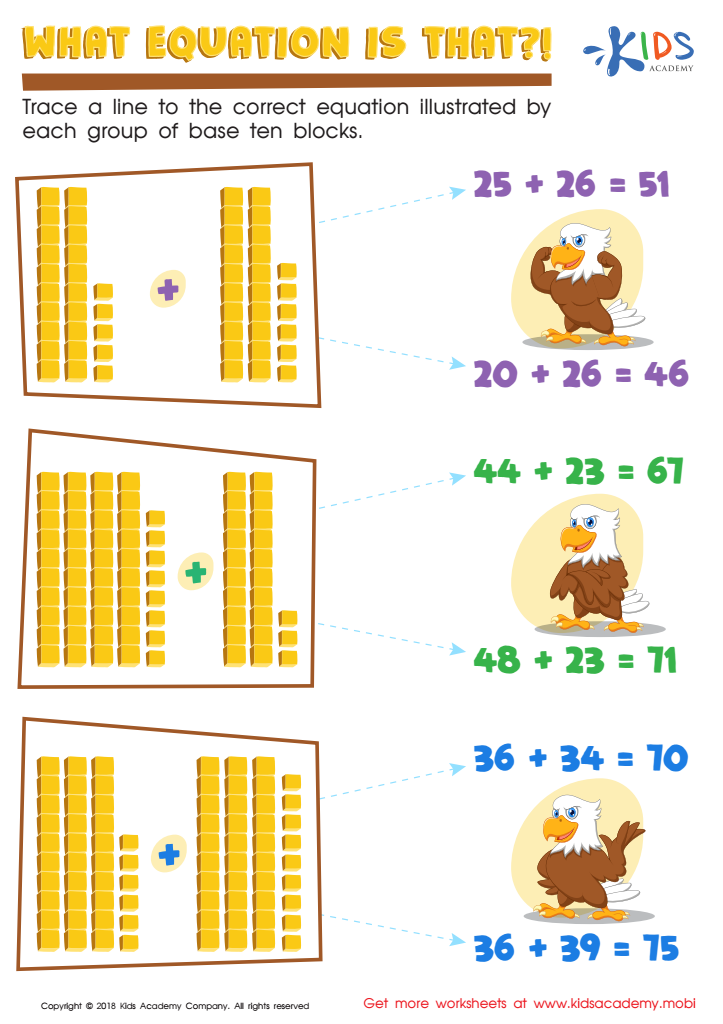

What Equation Is That? Worksheet
Enhancing critical thinking in addition and subtraction for children ages 6-8 is pivotal for their overall academic growth and problem-solving abilities. This developmental stage is when kids transition from concrete to more abstract thinking, laying the groundwork for more complex mathematical concepts. By encouraging critical thinking in these basic operations, parents and teachers help children to understand the 'why' and 'how' behind the processes, rather than just focusing on rote memorization.
When kids are taught to think critically about addition and subtraction, they learn various strategies to approach problems, such as breaking numbers into more manageable parts or understanding the relationship between numbers. This deeper understanding fosters mathematical fluency, allowing them to apply arithmetic concepts to real-life situations more effortlessly. Moreover, critical thinking in math encourages perseverance, as children learn to explore different methods and understand that there are multiple paths to finding a solution.
Furthermore, these skills are transferable to other subjects and essential life situations, promoting a mindset that values evidence, logic, and creative problem-solving. Thus, by prioritizing critical thinking in addition and subtraction, parents and teachers set the foundation for a lifelong ability to approach challenges with confidence and curiosity.
 Assign to My Students
Assign to My Students

